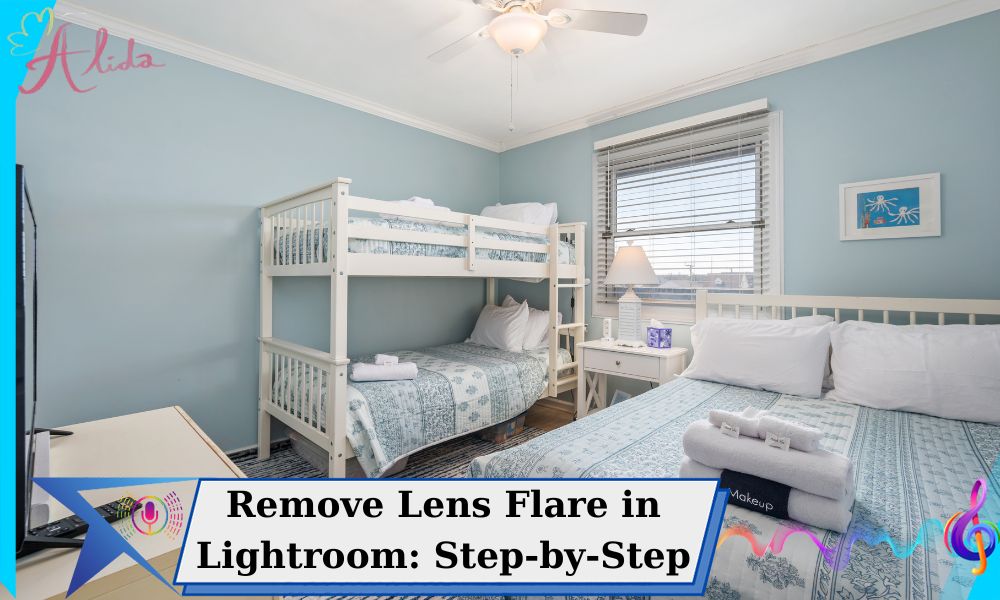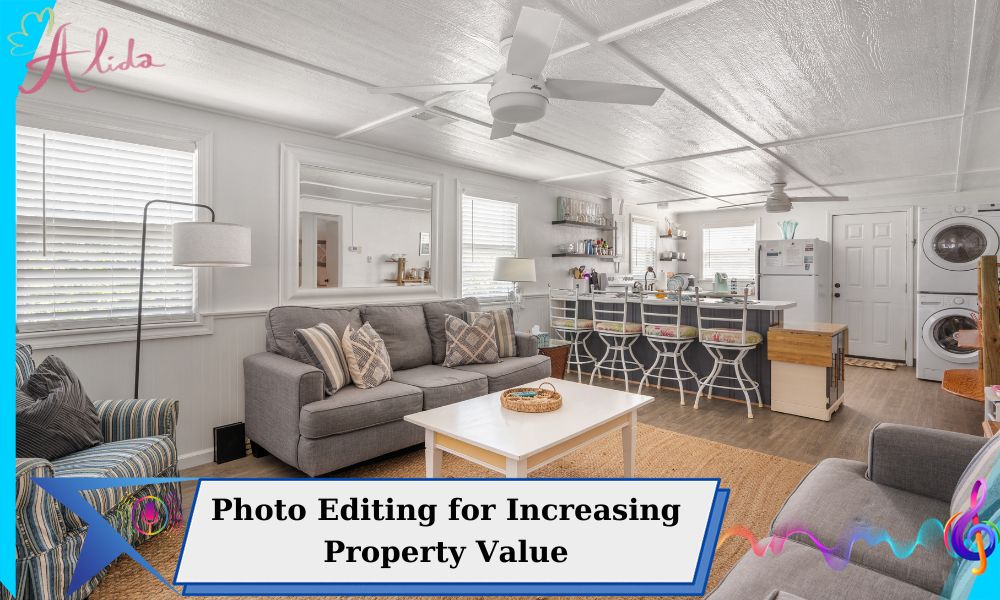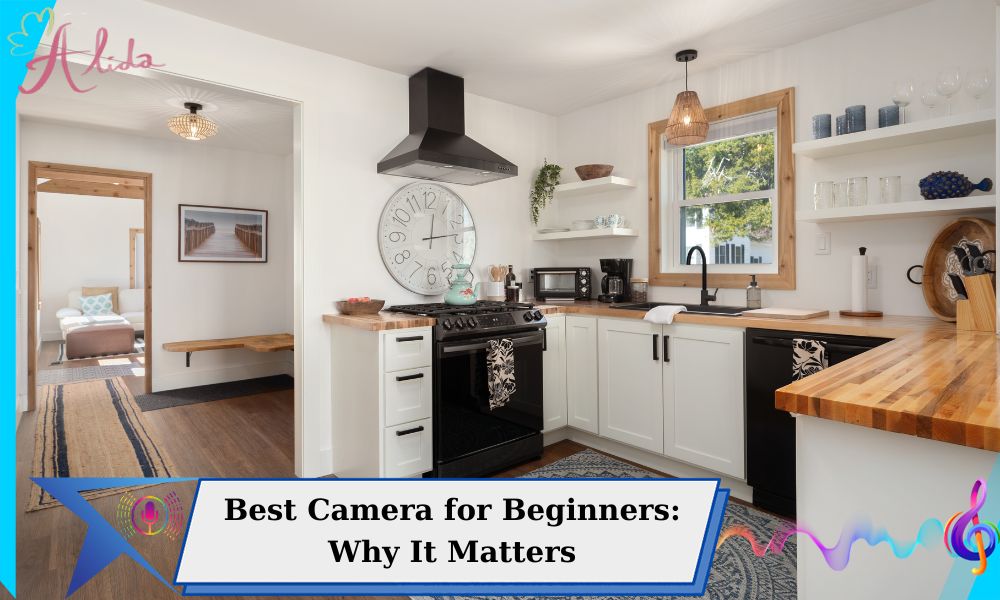Exposure Compensation is a crucial tool in digital photography, allowing photographers to fine-tune image brightness manually. It provides the flexibility to override a camera’s automatic exposure settings, improving image quality in challenging lighting conditions. In semi-automatic modes like Aperture Priority (A) or Shutter Priority (S), this feature lets photographers lighten or darken an image without altering other settings manually.
Why is Exposure Compensation Important?
In many scenarios, cameras struggle to determine the correct exposure. For instance, when capturing snowy landscapes, the camera may interpret the bright scene incorrectly and underexpose the image, making the snow appear gray. Similarly, in high-contrast settings or backlit portraits, adjusting brightness levels manually helps achieve a more balanced exposure for a natural-looking result.
How Does This Feature Work?
To understand how brightness adjustment functions, it’s essential to consider the Exposure Triangle, which includes:
- ISO: Determines the sensor’s sensitivity to light.
- Aperture (f-stop): Regulates the amount of light entering the lens.
- Shutter Speed: Controls how long light is allowed to hit the sensor.
When making adjustments, the camera modifies one or more of these components to achieve the desired exposure. This setting is measured in EV (Exposure Value) units, usually in increments of +/-0.3, +/-0.7, +/-1.0, and beyond. Increasing EV brightens an image, while decreasing it darkens the shot.
When to Use Exposure Compensation?
There are several situations where manual brightness control is highly beneficial:
1. Bright or Low-Light Conditions
In extremely bright environments, cameras may reduce exposure, making subjects appear darker. Increasing brightness correction ensures proper illumination. On the other hand, in dim conditions, reducing EV prevents excessive brightness.
2. Backlit Scenes, Snow Photography, and Night Photography
Bright backgrounds often lead to underexposed subjects, particularly in backlit conditions or snowy landscapes. Adjusting brightness manually helps compensate for incorrect exposure readings.
3. Preventing Overexposed and Underexposed Images
High-contrast settings can cause a camera’s metering system to miscalculate exposure. Manually adjusting brightness helps preserve details in both highlights and shadows.
How to Adjust Brightness on Your Camera
Most modern cameras offer easy ways to modify brightness settings:
For DSLR and Mirrorless Cameras
- Locate the Exposure Compensation button (+/- symbol) on the camera.
- Use the command dial to increase or decrease EV.
- Preview the changes on the LCD or electronic viewfinder before capturing the image.
On Smartphones
- Tap on the subject to set focus.
- Adjust brightness using the on-screen slider (if available).
- Capture the photo once the exposure looks balanced.
Common Brightness Adjustment Values and Their Effects
Making changes to brightness settings impacts the final image as follows:
- +1 EV, +2 EV: Increases brightness—useful when:
- Enhancing details in shadowed areas.
- Correcting underexposed images in bright environments like snow.
- -1 EV, -2 EV: Decreases brightness—ideal for:
- Avoiding overexposure in intensely lit scenes.
- Adding contrast in sunset or night photography.
Including visual comparisons of different EV settings can help illustrate these effects more clearly.
Exposure Compensation: Pro Tips for Adjustments
1. Use the Histogram for Precision
The histogram is a useful tool that shows exposure levels. If the graph leans too far left (underexposed) or right (overexposed), adjust brightness accordingly.
2. Review Images After Each Shot
Checking photos immediately after capturing them allows for quick adjustments and ensures proper exposure in real-time.
3. Apply Adjustments in Different Photography Styles
- Portraits: Slightly increasing brightness enhances facial details.
- Landscapes: Adjust brightness to balance highlights and shadows.
- Event Photography: Fine-tune exposure to accommodate changing light conditions.
Conclusion
Understanding how to control brightness manually is a valuable skill for photographers. It allows greater creative control over exposure, ensuring well-balanced images in various lighting environments. By experimenting with different EV settings, photographers can refine their skills and improve overall image quality.
For professionals in real estate photography, high-quality editing is just as crucial as capturing the perfect shot. Alida specializes in premium real estate photo editing, enhancing images with professional retouching. Contact us at photonews121@gmail.com for expert editing services that make real estate images stand out.








